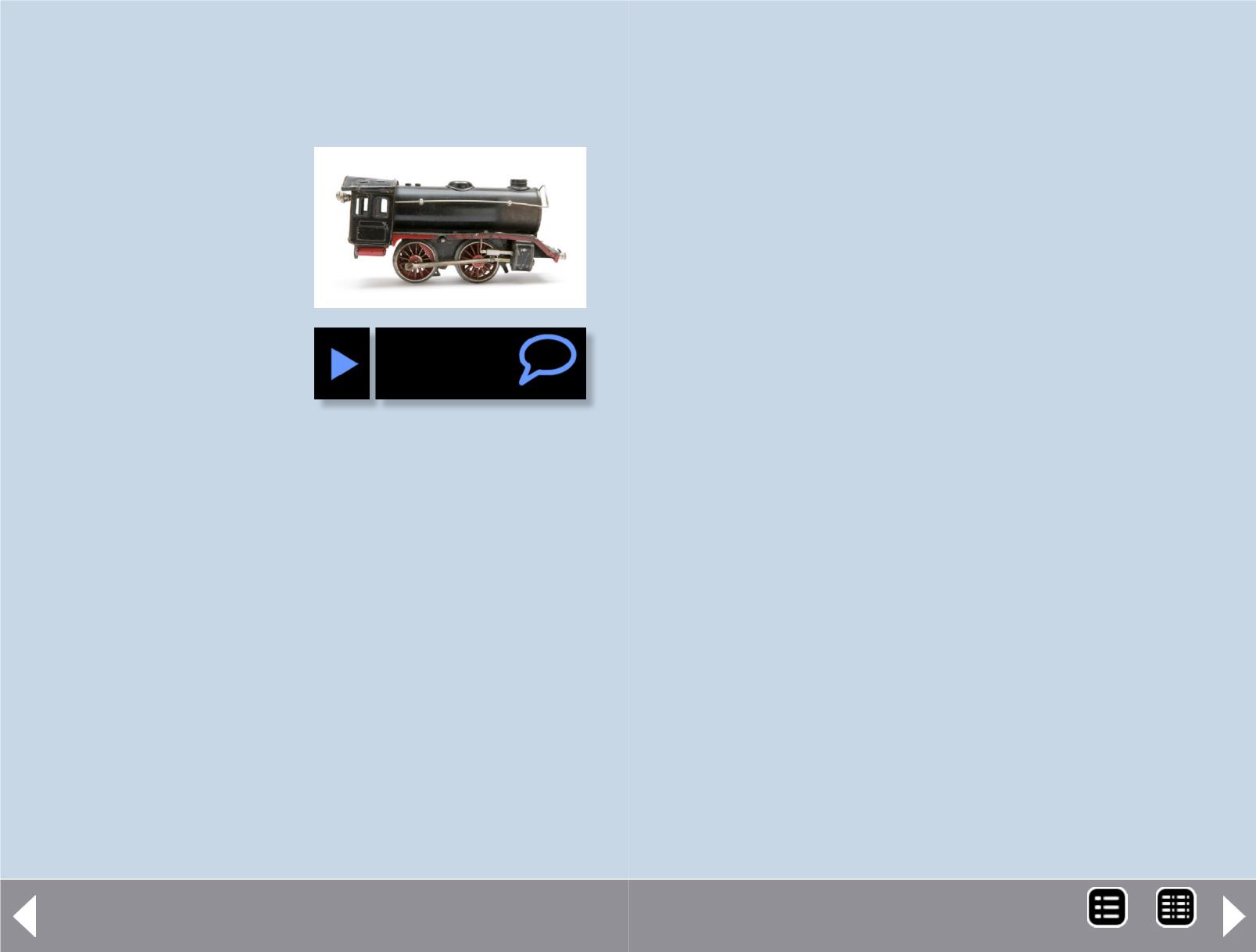
Reverse Running commentary
H
ow often do you
visit a layout, or
look at a magazine,
and see all of those neat,
unique creations? They can
be bridges, buildings or
rolling stock. While those
pieces are eye-catching,
should our layouts be popu-
lated with so many unique
buildings, or signature
pieces of rolling stock?
If that is what you want, then go for it. However, I believe that
a majority of us want to create an every-day scene or overall
impression on our layouts. At least, I know that I do. How do
you achieve it? One of the key techniques is to model what is
common.
How do you determine what is common? Rolling stock is rela-
tively easy. Study photos, equipment registers, and any other
data that you can get your hands on. Look for car types, road
names, and any other features that you determine convey a
realistic feel of the time and era that you are modeling. You
may need to limit yourself to one or two “signature” pieces
of rolling stock or motive power. As humans we have an
amazing capacity to rationalize anything. One or two special
pieces is one thing, but a whole fleet of them turns into a
confusing mishmash.
Study the architecture of the buildings, their layout and over-
all appearance, and how they relate to each other. Those
Reverse Running: Stepping outside the box with a contrary view
by Don Hanley
Model what’s common
structures with the turrets at the front corner are neat, but
one or two in a town are all that is needed to convey the idea.
You don’t need one on every corner. Look for simple, common
buildings. Remember, someone had to pay for the building
and they were as likely to be concerned with cost as much as
we are today. A rectangular building is much less expensive to
build than one with a bunch of corners and angles. Yes, you can
find those stand-out buildings, but are they common?
Many of us have seen the layout with a 2,400-square-foot fac-
tory that produces enough product in a day to warrant two or
three 40-foot box cars. An industry that can handle that many
boxcars more than likely will have 240,000 square feet of pro-
duction space, if not more. And, not everything arrives and
leaves by rail.
OK, you don’t have enough space for that size of an industrial
building. While selective compression is warranted to a point,
there is a point where it goes too far. Not to worry, just model
the loading/unloading dock area and have the rest of the build-
ing represented on the backdrop, or in the aisle space.
When you are planning the industries that will be on your lay-
out, take your time to think about the space needed to service
the industry. Where do trucks deliver materials? Where do
they load shipments? This can include parking space for auto-
mobiles, and truck docks with room for trucks to turn and back
in. Nothing can kill the overall look of a well-modeled scene
faster than having an unrealistically small space for trucks and
autos. Our eyes will see it, and our minds will immediately
know that something is wrong.
In the future, take some time out to think more about the
space, and the overall composition of your scene.
MRH-Oct 2014


